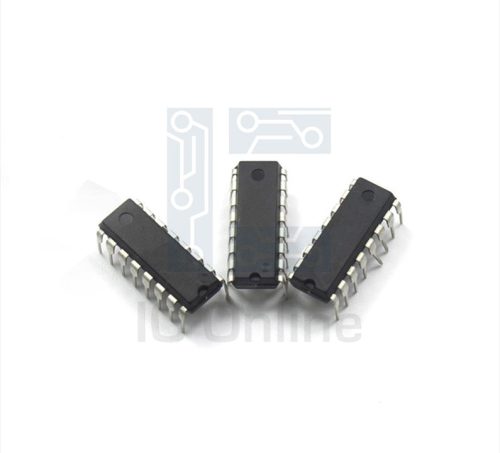DDTA124TE-7-F Overview
The DDTA124TE-7-F is a high-performance integrated circuit designed for precision analog applications. This device combines dual differential transconductance amplifiers optimized for low noise and high linearity, making it ideal for advanced signal processing tasks. Its robust design supports a wide supply voltage range and features thermal stability, ensuring reliable operation in industrial environments. The compact form factor and efficient power consumption enable seamless integration into complex systems. Engineers and sourcing specialists will appreciate its balance of performance and cost-efficiency, making it a versatile choice for signal conditioning and analog front-end applications. For more detailed product information, visit الشركة المصنعة للدوائر المتكاملة.
DDTA124TE-7-F Technical Specifications
| المعلمة | المواصفات |
|---|---|
| نطاق جهد الإمداد | ??5 V to ??15 V |
| جهد إزاحة المدخلات | ??1 mV (typical) |
| تيار تحيز الإدخال | ??50 nA (typical) |
| Transconductance (gm) | 1250 ??S (typical) |
| Voltage Noise Density | 10 nV/??Hz at 1 kHz |
| استهلاك الطاقة | 7 mW per amplifier |
| نطاق درجة حرارة التشغيل | -40 درجة مئوية إلى +85 درجة مئوية |
| نوع الحزمة | SOIC-8 surface mount |
DDTA124TE-7-F Key Features
- Dual Differential Transconductance Amplifiers: Provides precise current output proportional to differential input voltage, enabling accurate analog signal conversion.
- Low Input Offset Voltage: Minimizes signal distortion and enhances measurement accuracy in sensitive analog circuits.
- نطاق جهد إمداد واسع: Operates reliably from ??5 V up to ??15 V, allowing flexible integration in various industrial power environments.
- Low Voltage Noise Density: Ensures high signal integrity, critical for low-level signal amplification and noise-sensitive applications.
- Compact SOIC-8 Package: Facilitates easy PCB layout and space-saving designs without compromising thermal performance.
- Stable Operation Across Temperature: Maintains consistent performance between -40??C and +85??C, suitable for harsh industrial conditions.
- Low Power Dissipation: Enhances system efficiency and reduces thermal management requirements.
DDTA124TE-7-F Advantages vs Typical Alternatives
This product offers superior linearity and lower noise compared to standard operational amplifiers, making it especially suitable for precision analog signal processing. Its dual transconductance configuration reduces component count and system complexity. The broad supply voltage range and thermal stability provide enhanced reliability over typical single-supply devices. Additionally, the compact SOIC-8 packaging supports efficient space utilization and improves manufacturability in industrial-grade designs.
🔥 المنتجات الأكثر مبيعًا
التطبيقات النموذجية
- Analog front-end circuits in industrial automation systems, where precise current-to-voltage conversion and low noise are essential for sensor signal conditioning.
- High-accuracy instrumentation amplifiers for measurement equipment requiring stable gain and low offset drift.
- Audio signal processing circuits demanding low distortion and low noise analog amplification.
- Data acquisition systems that benefit from integrated dual transconductance amplifiers to simplify design and improve performance.
DDTA124TE-7-F Brand Info
The DDTA124TE-7-F is part of the precision analog IC portfolio offered by a leading semiconductor manufacturer known for industrial-grade components. This product line is engineered to meet stringent requirements in signal integrity, reliability, and thermal performance. Specifically tailored for demanding analog applications, the device reflects the brand??s commitment to innovation and quality in integrated circuit design, supporting engineers with robust solutions for complex electronic systems.
الأسئلة الشائعة
What is the primary function of the DDTA124TE-7-F in analog circuits?
The device functions as a dual differential transconductance amplifier, converting differential input voltages into proportional output currents. This capability is fundamental for analog signal processing tasks such as multiplying, modulation, and precise current-to-voltage conversion in sensor interfaces and instrumentation.




